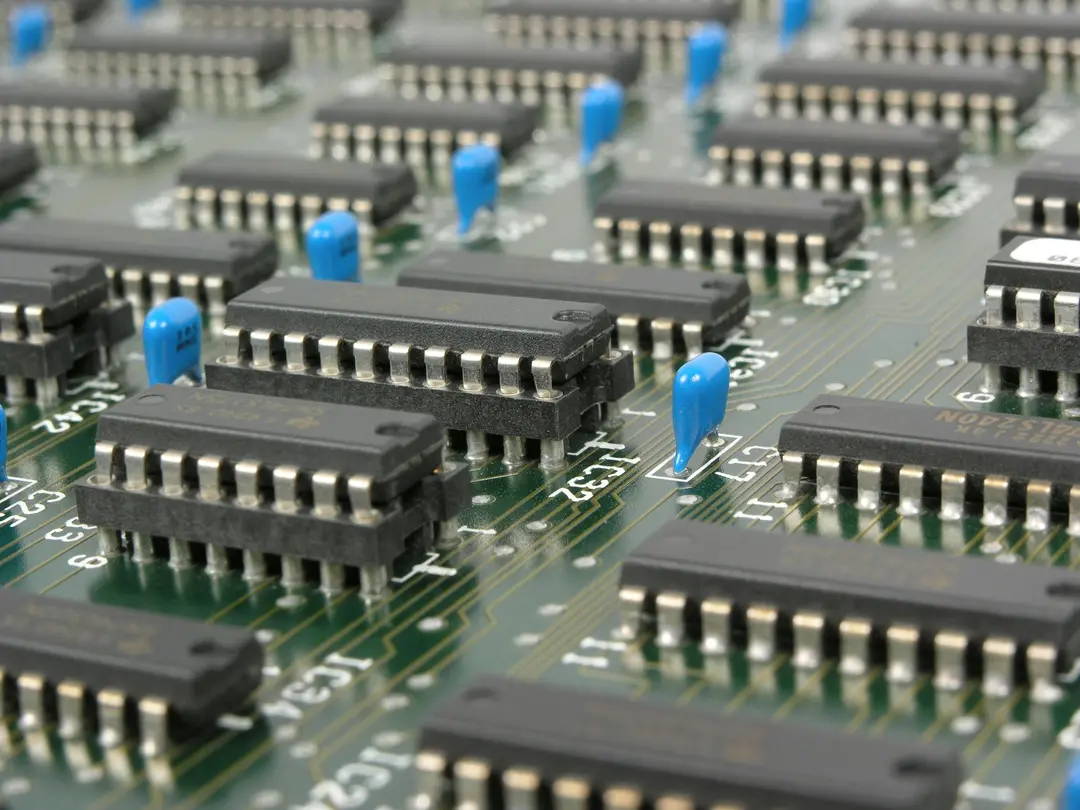 Contact us
Contact usCZ121 (CW614N) is an alpha/beta (duplex) brass alloy containing 37-39% zinc. These duplex alloys have restricted ductility being harder and have a higher tensile strength than alpha alloys which contain less than 37% zinc.
CZ121 typically contains 3% lead, giving great high speed, free machining characteristics (machinability rating of 90-100, the highest of any copper alloy).
As a result CZ121/CW614N is the European brass grade of choice for many machined components.
Brasses and in particular CZ121 are given a 100% rating for machinability and as such are regarded as the “standard” against which all other materials' machinability is judged and rated.
The finely dispersed 3% Lead content of CZ121 results in superior chip breaking and thus assists with swarf management through the machining process. Good surface finishes are also straightforward to achieve. This is due to the Lead being spread throughout the microstructure where it remains insoluble. The Lead also lubricates machining operations. Therefore although the alloy grade is not suited or recommended for cold working, the lead content results in successful thread rolling and knurling.
Like aluminium, brass can be “sticky” to the tool and flood coolant is recommended.
You may also see CZ121 referred to as:
Like many yellow metals brass prices do fluctuate more than other ferrous and non-ferrous materials. This means that quotes are generally only valid for around one week.
The following gives a brief explanation of what plating processes can be applied to CZ121 and the reasons for doing so:
Please note we do not supply stock material, the information provided is purely for design and research purposes.
CZ121/CW614N is supplied as round, flat, square and hexagon bar. Some hollow bar is available.
⅛ inch (3.175mm) to 254mm (10 inch) diameter
Tolerances range to +0.00mm to + 0.04/0.2mm as the bar size increases
⅛ inch (3.175mm) to 4 inches (101.6mm)
Tolerances range to +0.00mm to + 0.08/0.2mm as the bar size increases
3/32 inch (2.38mm) by 1/4 inch (6.35mm) up to 1.5 inch (38.1mm) by 3 inches (76.2mm)
Tolerances range to +0.00mm to + 0.08/0.2mm as the bar size increases
Metric and imperial sizes from 4 mm to 3 inches (76.2 mm) across flats
Tolerances range to +0.00mm to + 0.08/0.2mm as the bar size increases




Brass is renowned for its excellent machinability, allowing fast, precise cutting and smooth surface finishes. This makes it ideal for producing intricate parts and high-volume runs while helping keep production costs low.
Its natural corrosion resistance and attractive gold-like appearance also make it suitable for components that are both functional and visible.
Brass parts are widely used in electronics, plumbing, marine hardware, architectural fittings, and scientific equipment. Its electrical conductivity and resistance to corrosion make it especially valuable for electrical contacts, connectors, and components exposed to moisture or varying environments.
Yes. Penta Precision has extensive experience machining brass into tight-tolerance parts with complex geometries.
Our advanced CNC equipment and skilled team ensure consistent quality, even on detailed or multi-feature components. We also offer advice on design for manufacture to help optimise parts for cost-effective production.
Often, brass parts can be used directly after machining due to their naturally smooth finish and corrosion resistance.
However, finishes like polishing, plating, or lacquer coating can enhance appearance, increase durability, or improve electrical performance depending on the specific application requirements.